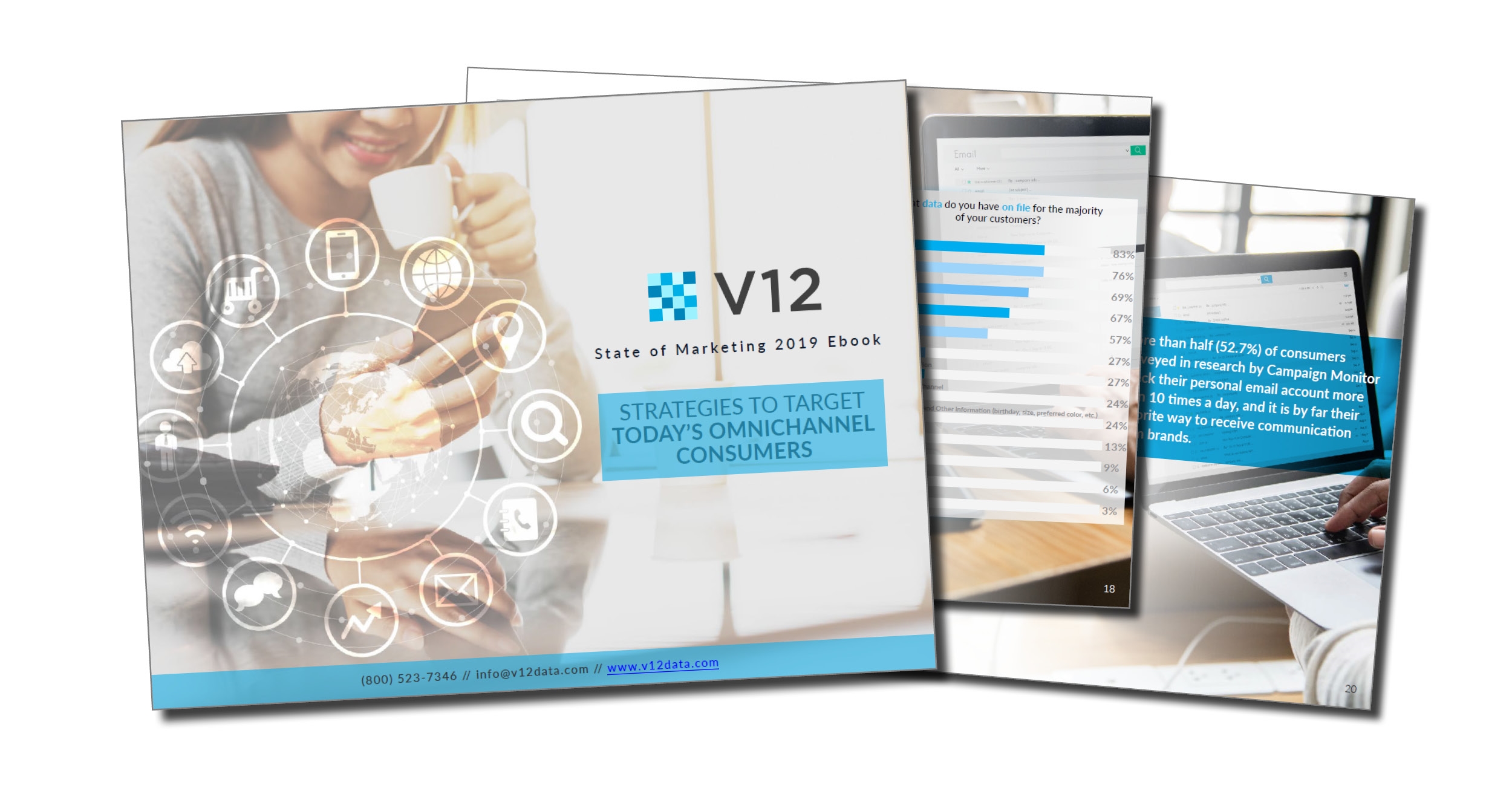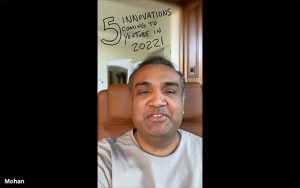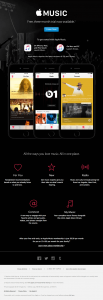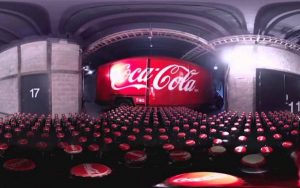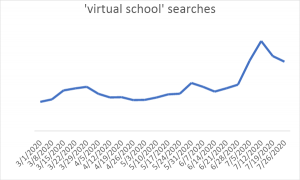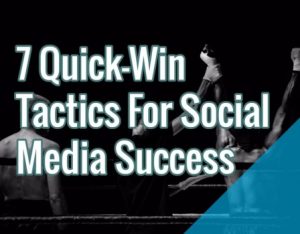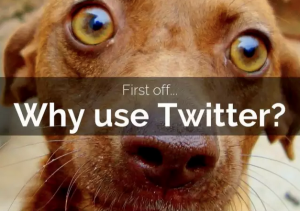As part of any good email strategy, customer acquisition, retention and reactivation are all components of a solid email plan.
Acquiring new customers will always be a goal but focusing on retention is key.
- 65% of a company’s business comes from existing customers
- A 5% increase in customer retention can increase profits 25-95%
- The cost associated with acquiring new customers can range from 4 -7 times more than the cost of retaining customers
- The average business loses around 20% of its customers annually by failing to attend to customer relationships.
- The average business loses around 20% of its customers annually by failing to attend to customer relationships. (Sources: Kissmetrics, Bain & Company)
While many marketers focus on more heavily on acquisition and retention, win back campaigns or email reactivation are just as crucial.
We all know how valuable repeat customers are so focusing on inactive customers and getting them to reengage can be a goldmine. Some level of churn is inevitable. Even Amazon, with its 90% retention rate and 100 million customers, loses around 10 million subscribers a year to churn.
Why Consumers Go Inactive
- Poor or impersonal customer experience
- Your emails may be getting sent to their junk mail inbox
- Lack of attractive offers/promotions
- Their email and contact information has changed
Customers will naturally decrease by about 22.5% every year. (HubSpot)
With this unavoidable loss of customers, it’s important for brands to not wait to implement their reactivation campaigns. In fact, reactivation should be an ongoing tactic of any email marketing strategy.
Engage People Early and Smartly
Engagement strategies have to focus on early engagement and strong win-back.
Engaged Consumers:
- More than 50% of consumers who engage with a brand’s email will do so within the first seven (7) days
- Consumers who do engage, regardless of when, offer the same value to the marketer
- As a result, marketers need to ensure:
- To contact consumers on the day of registration
- First message should be RTM and include open pixel
- More importantly, give the consumers what they asked for
Unengaged Consumers:
Consumers who disengage are quickly lost forever, so:
- Marketers need to carefully consider timing of first win-back campaign
- One month of inactivity may be a crucial point, especially given that, after this point, only 11% of consumers will re-engage
- Most importantly, consider a tiered win-back campaign
- Offers that escalate in value
- Repeated while the consumer is still relatively young on the list
- Avoids all-or-nothing approach
Most organizations are challenged to keep their email data addressable and productive. Of those that don’t engage, common challenges include:
- 15% – Opt-out
- 30-40% – no customer engagement with email in past year
- 30% – Data related issues such as hard bounces or split records made email addresses unverifiable or undeployable
- 15-25% – No email address
Email for Reactivation
When done well, re-engagement emails can boost significantly boost subscriber rates. In fact, 80% of retail professionals indicate that email marketing is their greatest driver of customer retention. (eMarketer) Additionally:
- For every $ 1 you spend on email marketing, you can expect an average return of $ 38. (ANA/DMA)
- Consumers who purchase products through email spend 138% more than those that don’t receive email offers. (Convince & Convert)
V12 Partnership for Success
- Assist with the strategy to establish a reactivation program and individual campaigns to re-engage customers who can not be emailed at present.
- Provides a closed loop data process which will ensure a smooth integration of the data back into the CRM program.
- Assist with the strategic development of the HTML creative. Concept to testing to deployment.
- Provides ROI analysis.
- Quarterly reviews of the program.

Win-Back Email Examples
A win-back email campaign is a series of targeted and personalized messages you send to your lapsed customers. They should recognize that your customers are remembered and you want to reconnect. There are many types of win-back campaigns such as the following:
- Incentive Emails: These offer an incentive to return and buy again such as a coupon, discount or something free
- We Miss You: These emails appeal to consumers that want to feel recognized and their business is appreciated.
- Feedback Emails: Simply asking lapsed customers why they have moved on. By reaching out, this may be enough incentive to get them to re-engage or at the very least, provide valuable feedback on how you can improve your brand.
There are many types of offers you can deploy so try different types for different segments and don’t give up. One, two or even three emails may not be enough until a consumer responds.
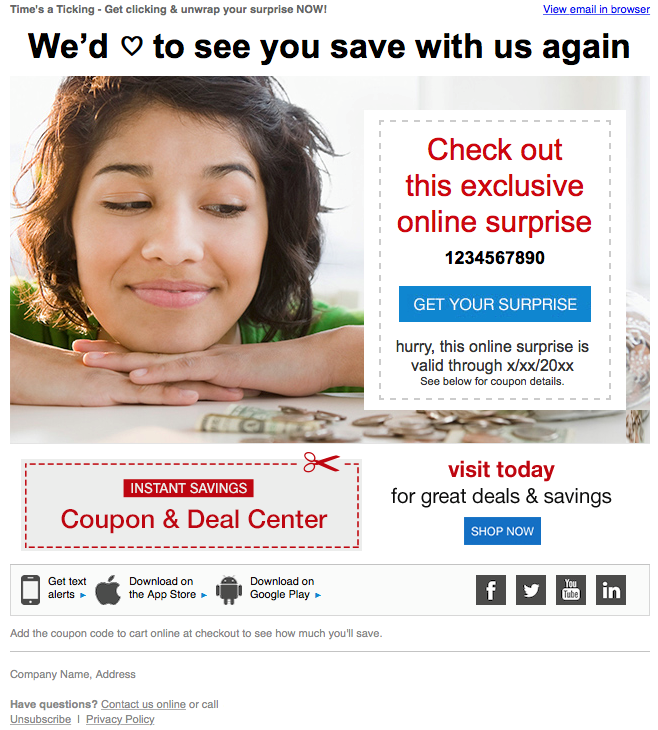
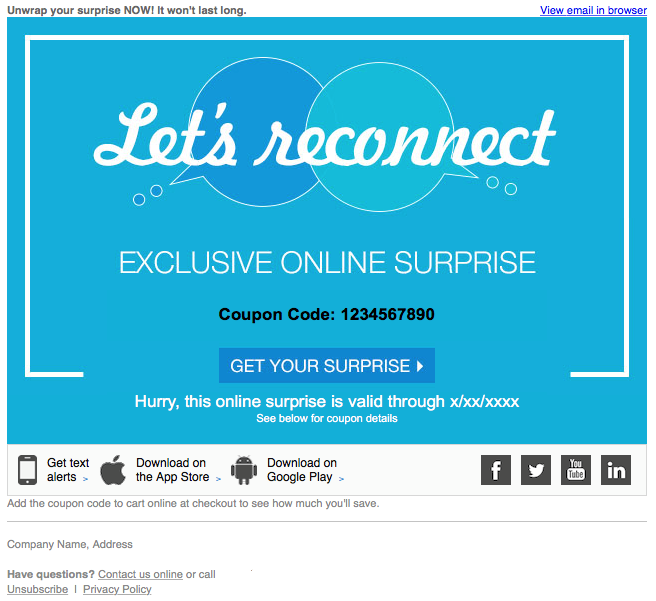
Email Reactivation Case Studies
V12 works with many brands across industries implementing reactivation programs from start to finish. Take a look at some case studies below.
A national retailer increased brand reach and engagement through V12’s reactivation program

The story.
A national retailer wanted to reactivate a large file of lapsed email addresses.
They were not engaging with these inactive email addresses due to existing email service provider restraints that enforce recency of email addresses.
V12 provided a dedicated ISP infrastructure, as well as executed a custom deployment plan.
The results.
V12 reactivated 3.5 million email addresses, enabling the client to grow reach and engagement with their brand.
The reactivated email addresses provided a 7:1 ROI in terms of conversions/purchases. The campaign also generated:
- 22% open rate
- .61% clicks to delivered
- 36% clicks to open
Reactivation Case Study – Major Retailer

Issue
20% of their CRM email file went dormant equating to slightly over 20 million records. The retailer knew that these individuals are transacting but the ESP would not deploy emails without an “open” within 12 months.
Goal
Drive sales by emailing these non-openers and measure both AOV and ROI to determine success
Solution
Developed a program to coincide with their weekly CRM deployments using the same cadence and creative. Openers would be returned to the CRM email database as a result.
Results
The AOV, of the dormant email, was exactly the same as the CRM results of the same time frame. There was a 2.3 times ROI. Program is in its 4th year running.
Interesting in learning more about marketing strategies and tactics to help you boost your marketing strategies? Download our free omnichannel marketing strategies ebook.
Free eBook: Strategies to Target Today’s Omnichannel Consumers
Digital & Social Articles on Business 2 Community
(53)
Report Post

